Caring for a bonsai tree can feel daunting, but with your Bantam Bonsai Terrarium NANO, you’ve acquired a beautifully crafted, low-maintenance ecosystem.
The terrarium is designed to be largely self-sustaining, providing a nurturing home for your miniature tree. This guide will walk you through the simple steps needed to ensure your bonsai thrives, allowing you to enjoy this unique piece of nature for years to come.
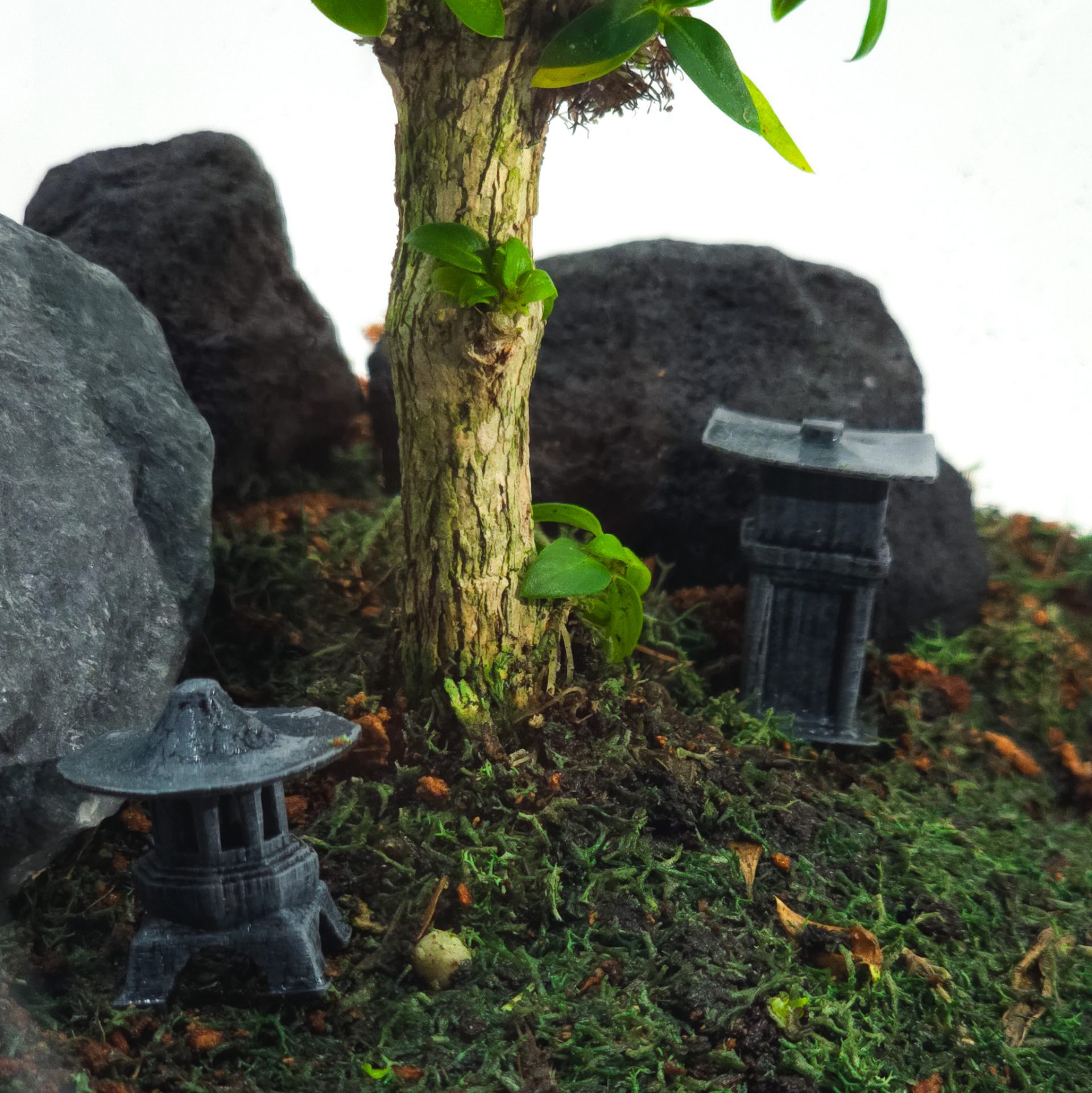

Table Of Contents:
ToggleUnpacking and First Steps
Your Bantam Bonsai Terrarium has been carefully packaged to ensure it arrives safely and intact. Follow these simple steps to unbox your terrarium, set it up, and prepare it for its new home.
Remove the Packaging: The terrarium’s lid is twisted on. Gently twist the lid to remove it. You will find that the inside is tightly packed with protective paper to prevent the contents from shifting during transport. Carefully and delicately remove all of this paper.
Access the Add-Ons: The tall base of your terrarium is also twisted on. Twist this base to unsecure it and access the essential add-ons and accessories, including your funnel kit, which has been placed inside for safekeeping.
Inspect for Damage: Before proceeding, take a moment to inspect both the terrarium and the tree itself. Check the glass for any cracks and the tree for any broken branches or signs of distress. If you find any damage, please contact our support team.
Rehydrate the Tree: The tree may have become dehydrated during its journey. Once everything is in place and inspected, use a small amount of distilled, purified, or rainwater to rehydrate the soil. The goal is to make the soil damp, not soggy. The tree will quickly perk up and begin to thrive in its new environment.
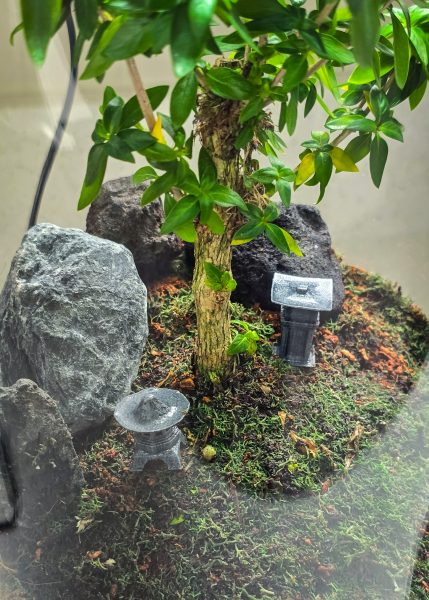

Essential Care: The Basics
Your Bantam Bonsai Terrarium NANO is designed to be a thriving, self-contained ecosystem, but understanding a few key principles of care will help you ensure its longevity.
The most important factors to monitor are light, water, and temperature, as they directly impact the health of your bonsai and the delicate balance of its environment.
Light
Your bonsai tree needs light to photosynthesize, but too much direct sun can be harmful. Place your terrarium in a location that receives bright, indirect sunlight.
A spot a few feet away from a window is often ideal. Avoid placing it on a windowsill where it might get scorched by intense, direct sunlight, as this can cause the glass to magnify the heat and damage the plant.
If you purchased the optional Terrarium LED light, you can use it as your primary light source, eliminating the need for indirect sunlight.
Watering
The beauty of a closed terrarium is its self-sustaining water cycle, which means watering is a rare event. You’ll know it’s time to water when the soil appears dry and there is little to no condensation on the inside of the glass.
When you do water, use distilled, purified, or rainwater to avoid mineral buildup. The included funnel kit allows you to add water precisely without disturbing the miniature landscape. The goal is to make the soil damp, not soggy.
It’s much easier to add more water than to remove excess, so always err on the side of caution. If you notice a persistent, heavy amount of condensation, it’s a sign of overwatering, and you should leave the lid ajar for a few hours to allow some moisture to evaporate.
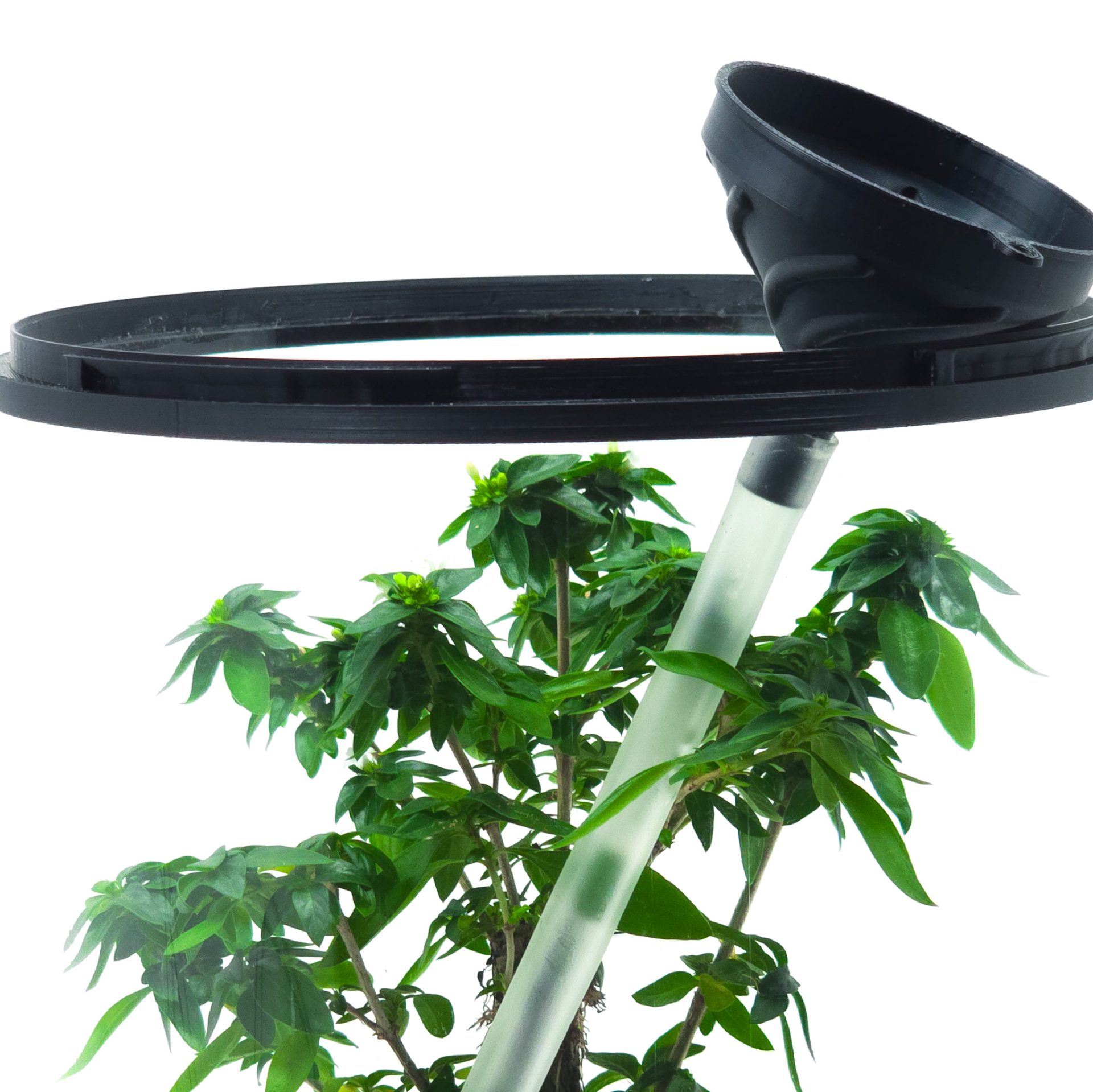

Draining Excess Water
This terrarium features a self-draining setup where excess water naturally drains into the tall base. Periodically, you will need to check this base and pour out any standing water to prevent it from overflowing.
Keeping the base clear of excess water is crucial for the health of your tree and the ecosystem.
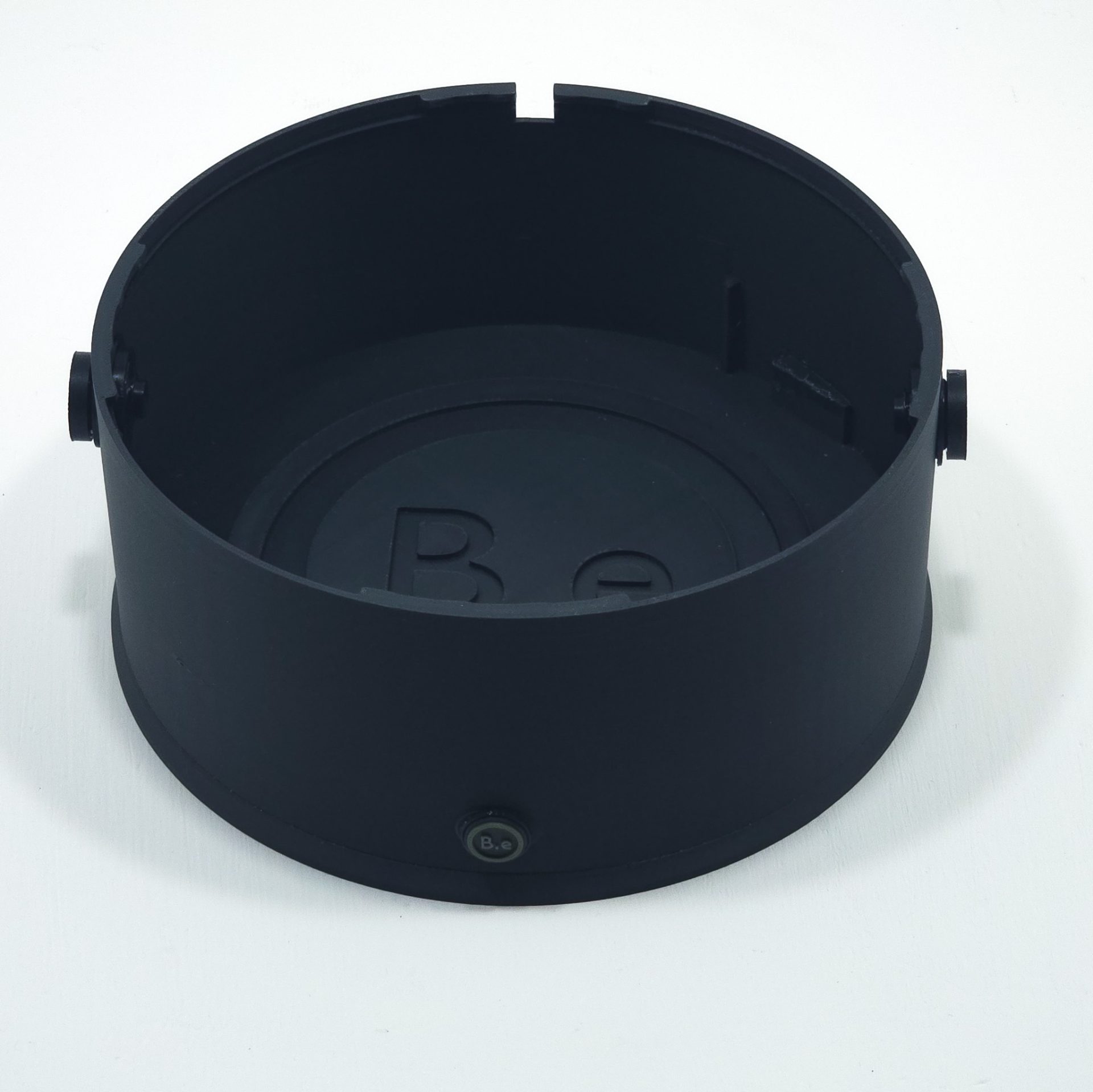

Temperature
Bonsai trees in a terrarium are sensitive to sudden changes in temperature. Keep your terrarium in a stable room temperature environment, away from heating or cooling vents, radiators, and appliances that generate heat.
Drastic temperature shifts can shock the plant and disrupt the internal ecosystem. By maintaining a consistent temperature, you’ll help your bonsai remain healthy and vibrant.
Ongoing Maintenance: Keeping Your Bonsai Healthy
While your terrarium is designed for minimal upkeep, a little proactive care will go a long way in ensuring your bonsai’s long-term health and aesthetic appeal. The key is to pay attention to the subtle cues your tree provides and to act accordingly.
Pruning
Pruning is essential for maintaining the shape and size of your bonsai within its enclosed world. As your tree grows, you may notice some leaves growing larger than others or branches extending beyond your desired shape.
Using a small, clean, and sharp pair of scissors or tweezers, carefully trim back any overgrown foliage or dead leaves. This not only helps maintain the tree’s miniature form but also prevents decaying organic matter from introducing mold or disease into the terrarium’s delicate ecosystem.


The Clean-Up Crew
Some terrariums come with a clean-up crew… tiny, beneficial inhabitants like springtails or isopods. These miniature custodians are harmless to your bonsai and serve a vital role in the ecosystem.
They consume decaying plant matter, control mold growth, and break down waste, essentially keeping the terrarium clean and healthy from the inside. They are a natural part of a balanced terrarium and should be left to do their work.
Fertilizing
The beauty of the terrarium’s self-contained environment is that the nutrients are recycled, so your tree will rarely need to be fertilized.
However, if you notice your bonsai’s growth has slowed significantly or the leaves are looking pale, it may benefit from a very small dose of a balanced, liquid fertilizer.
Dilute the fertilizer to a quarter of the recommended strength and apply it sparingly during the spring and summer growing seasons. Over-fertilizing can lead to nutrient burn, which is why a light hand is always recommended.
Pest and Mold Control
The closed environment of a terrarium can sometimes become a breeding ground for mold if there is too much moisture.
If you spot any white, fuzzy mold on the soil or plant, it’s a clear indicator of a high-moisture environment, often coupled with poor air circulation. Carefully remove the affected parts of the plant and any visible mold from the soil with a clean tool.
Then, leave the lid off the terrarium for at least a day to allow it to dry out significantly. This will help eliminate the remaining mold spores. Ensure you don’t overwater in the future to prevent a recurrence.
A cleanup crew can combat this, and drying out the tank will hurt them.
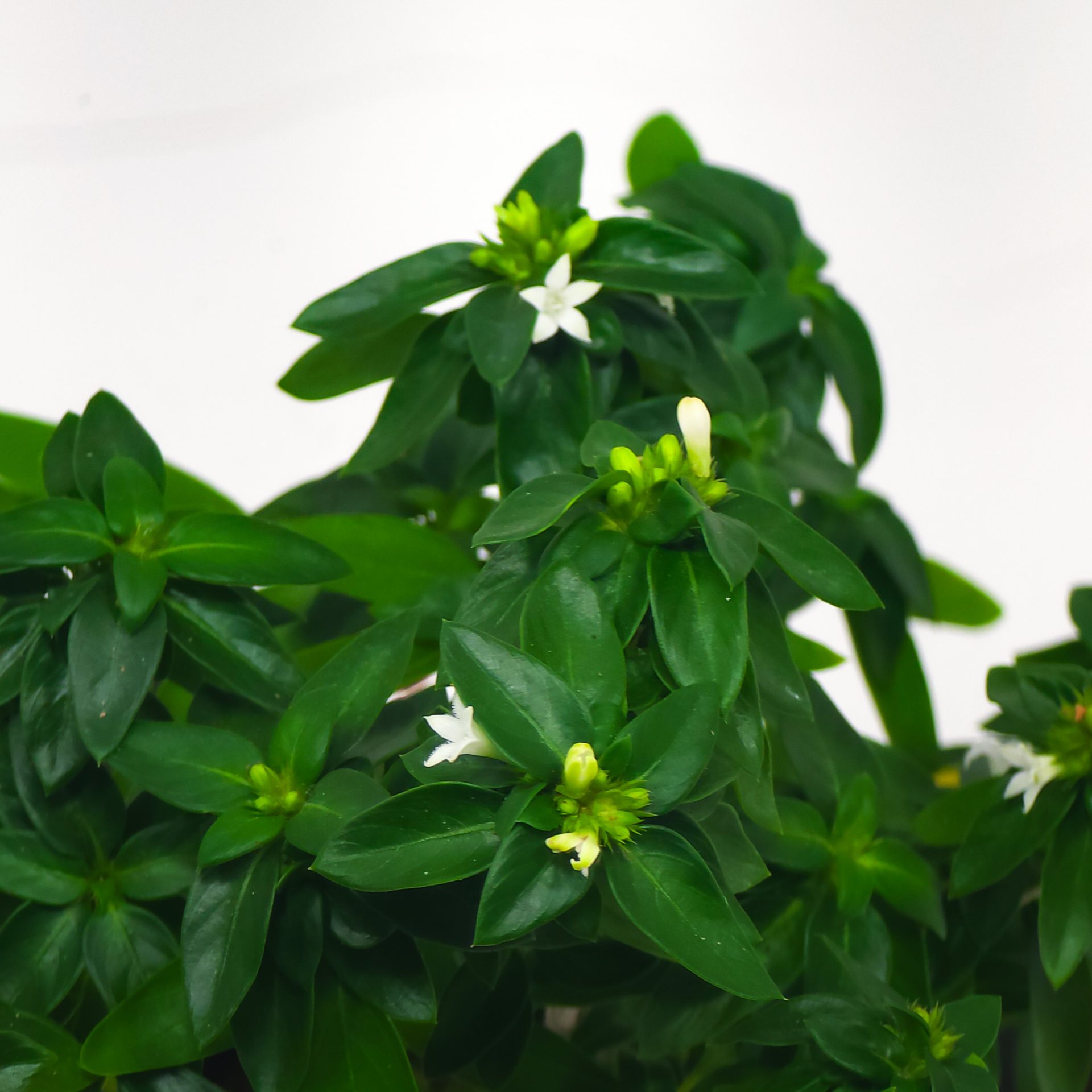

Troubleshooting Common Issues
Even with the best care, you may encounter a few common issues with your bonsai terrarium. This section will help you identify the problem and provide simple solutions to get your ecosystem back on track.
Excessive Condensation
A light layer of condensation on the glass is a sign of a healthy, functioning ecosystem. However, if the glass is completely fogged over and you can’t see the plant clearly, it indicates there is too much moisture inside. (I personally enjoy seeing this and like to let nature do its thing.)
Solution: Simply open the lid for a few hours. This will allow the excess moisture to evaporate, restoring the balance within the terrarium.
You may need to do this a few times until the condensation returns to a normal, light layer.
Yellowing Leaves
Yellowing leaves are often a sign of stress and can be caused by a few different factors. The most common culprits are improper watering or a lack of light.
Solution: First, check the soil. If it’s soggy, you’re likely overwatering. Follow the instructions in the “Watering” section to let the soil dry out before adding any more water.
If the soil is dry, the plant may be thirsty. If you’ve ruled out watering issues, consider the light. Is your terrarium getting enough bright, indirect light? If not, move it to a brighter location.
White Fuzz or Mold
The presence of white, fuzzy mold on the soil or plant is a clear indicator of a high-moisture environment, often coupled with poor air circulation.
Solution: First, gently remove the affected parts of the plant and any visible mold from the soil with a clean tool. Then, leave the lid off the terrarium for at least a day to allow it to dry out significantly.
This will help eliminate the remaining mold spores. Ensure you don’t overwater in the future to prevent a recurrence.
Enjoy Your Miniature Ecosystem
With a little attention and care, your Bantam Bonsai Terrarium NANO will be a beautiful and rewarding addition to your home or office. It’s more than just a plant; it’s a living, breathing ecosystem that changes and evolves.
By following the simple guidelines in this guide, you’re not just maintaining a tree; you’re nurturing a miniature world. Relax, watch your bonsai thrive, and enjoy the unique piece of nature you’ve brought into your life.
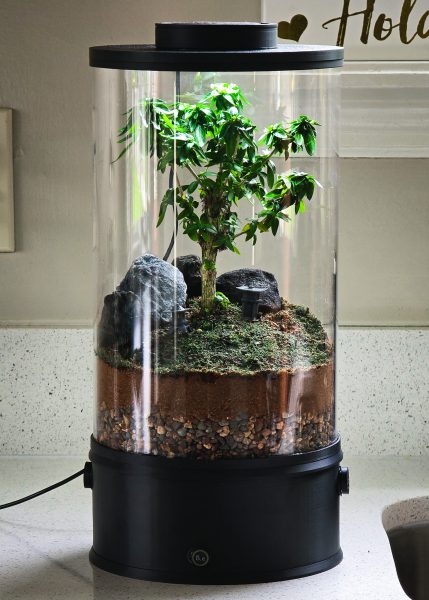

Frequently Asked Questions
Do I still need to place my terrarium in indirect sunlight if I have the LED light?
No. The optional LED light is designed to be a complete light source for your terrarium. When used, it provides all the necessary light for your bonsai to thrive, eliminating the need for natural indirect sunlight.
How often should I water my terrarium?
There is no fixed schedule for watering. The key is to observe the terrarium’s ecosystem. Only water when the soil appears dry and there is little to no condensation on the glass. This could be as infrequent as every few weeks to months.
My terrarium smells bad. What does that mean?
A foul odor is often a sign of stagnant water or decay. Check the tall base for excess water and drain it immediately. Also, check for any decaying leaves or plant matter inside and remove them. This will help restore the natural, earthy smell of a healthy ecosystem.


